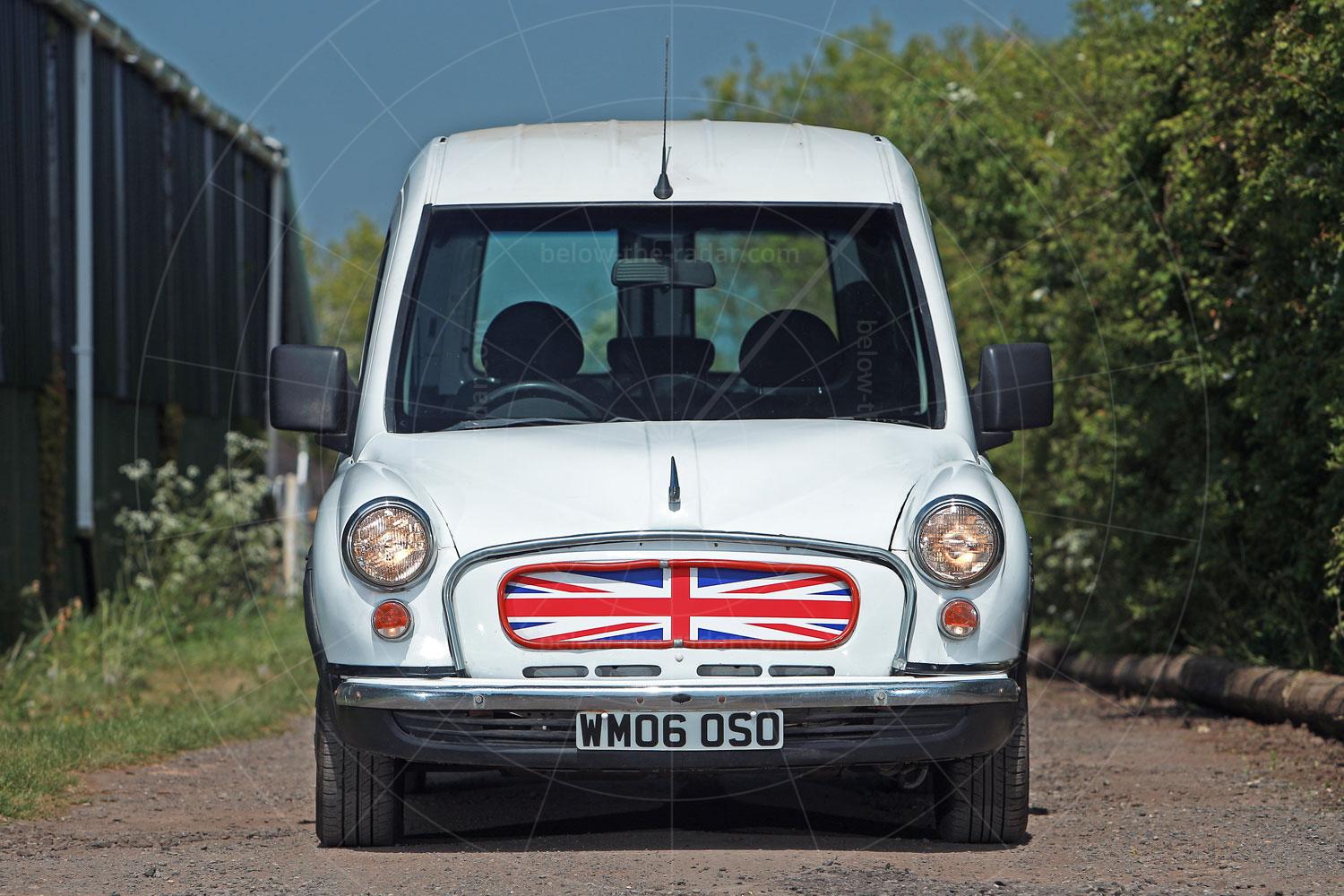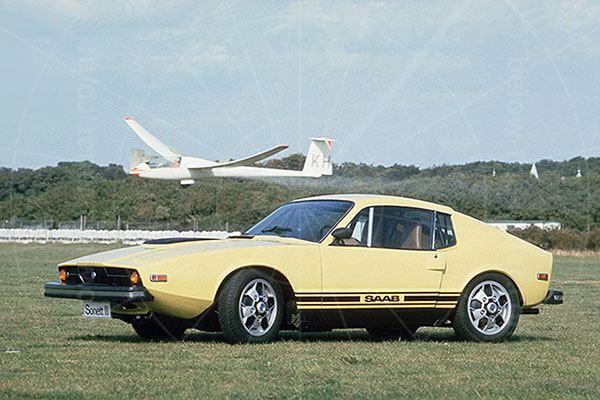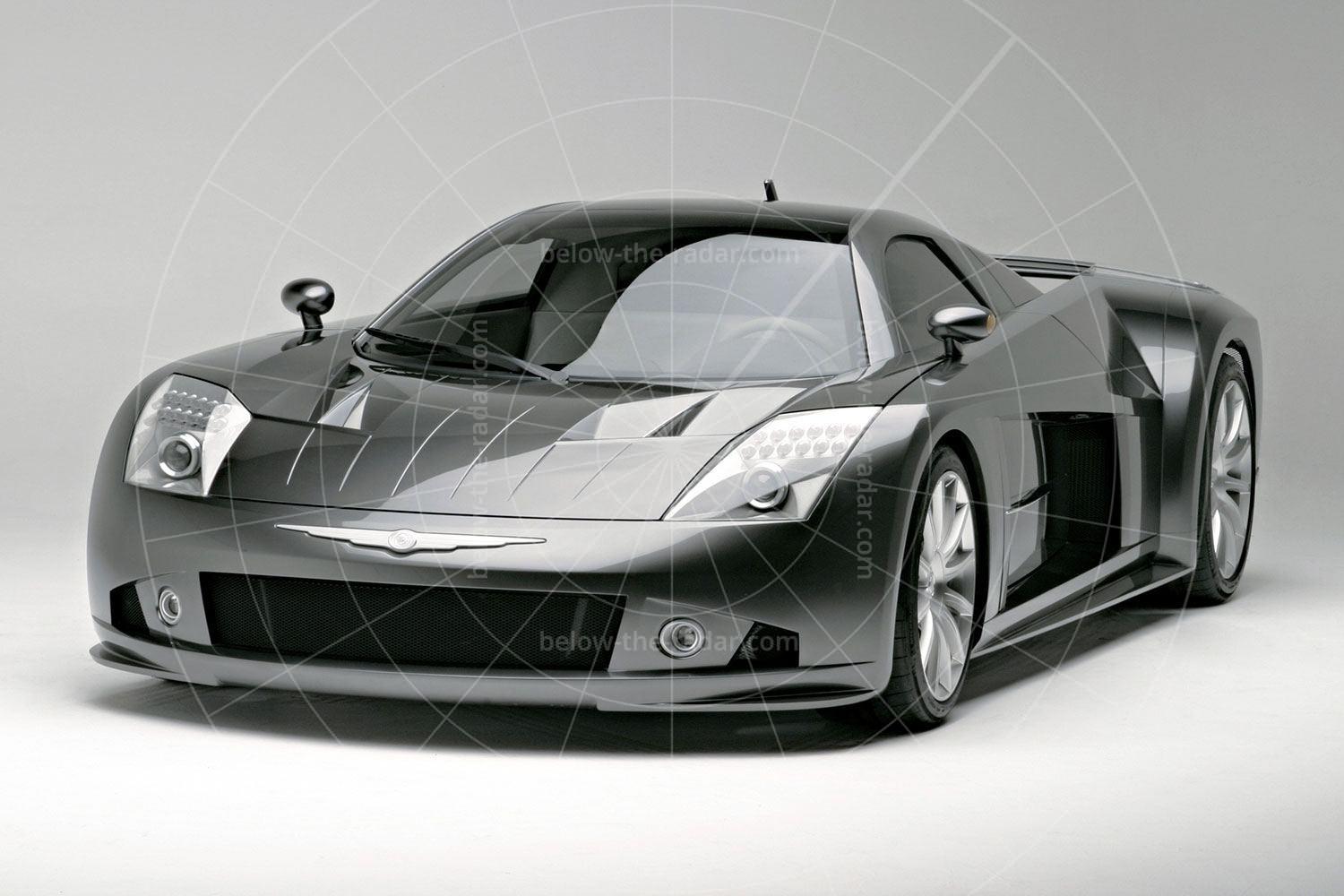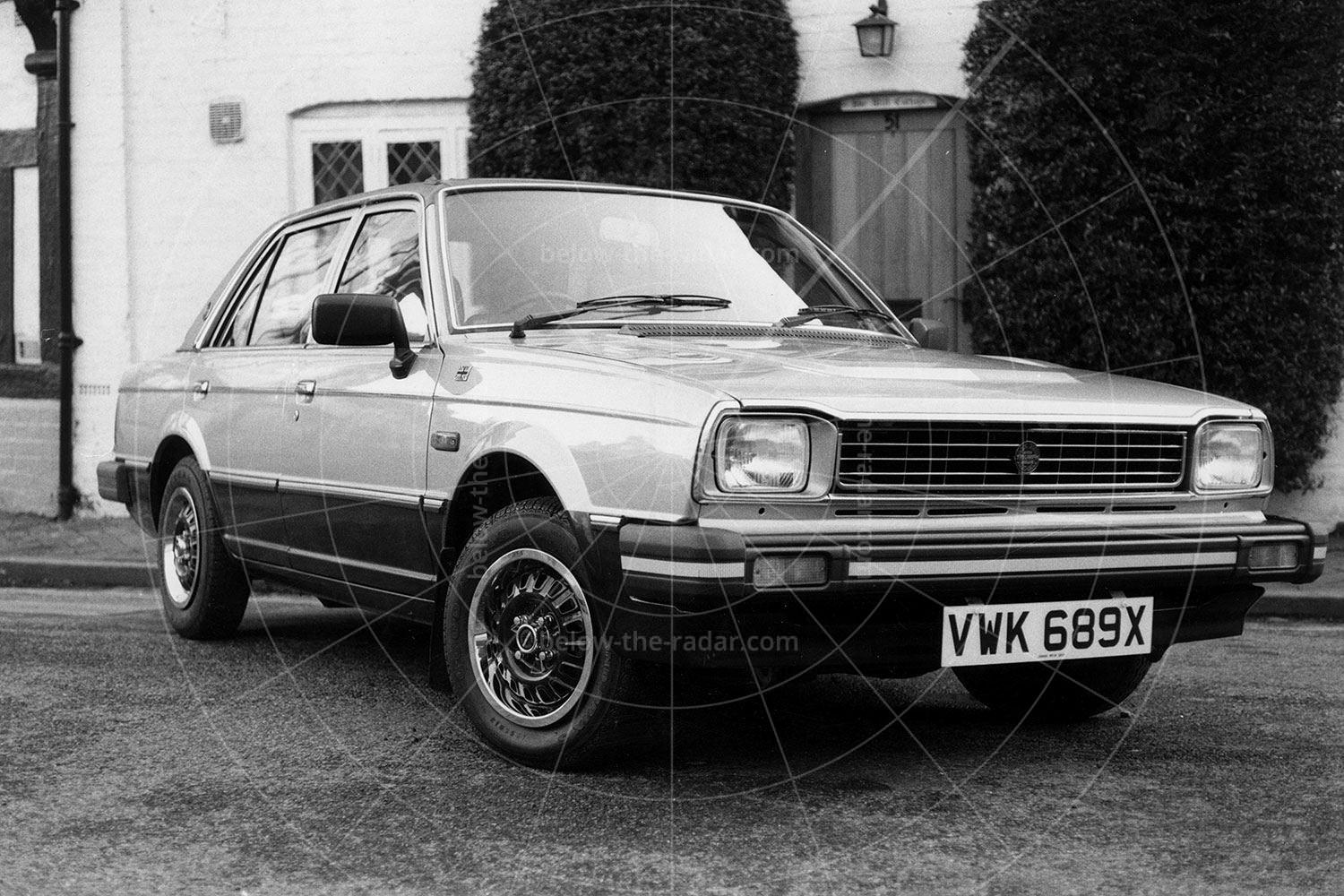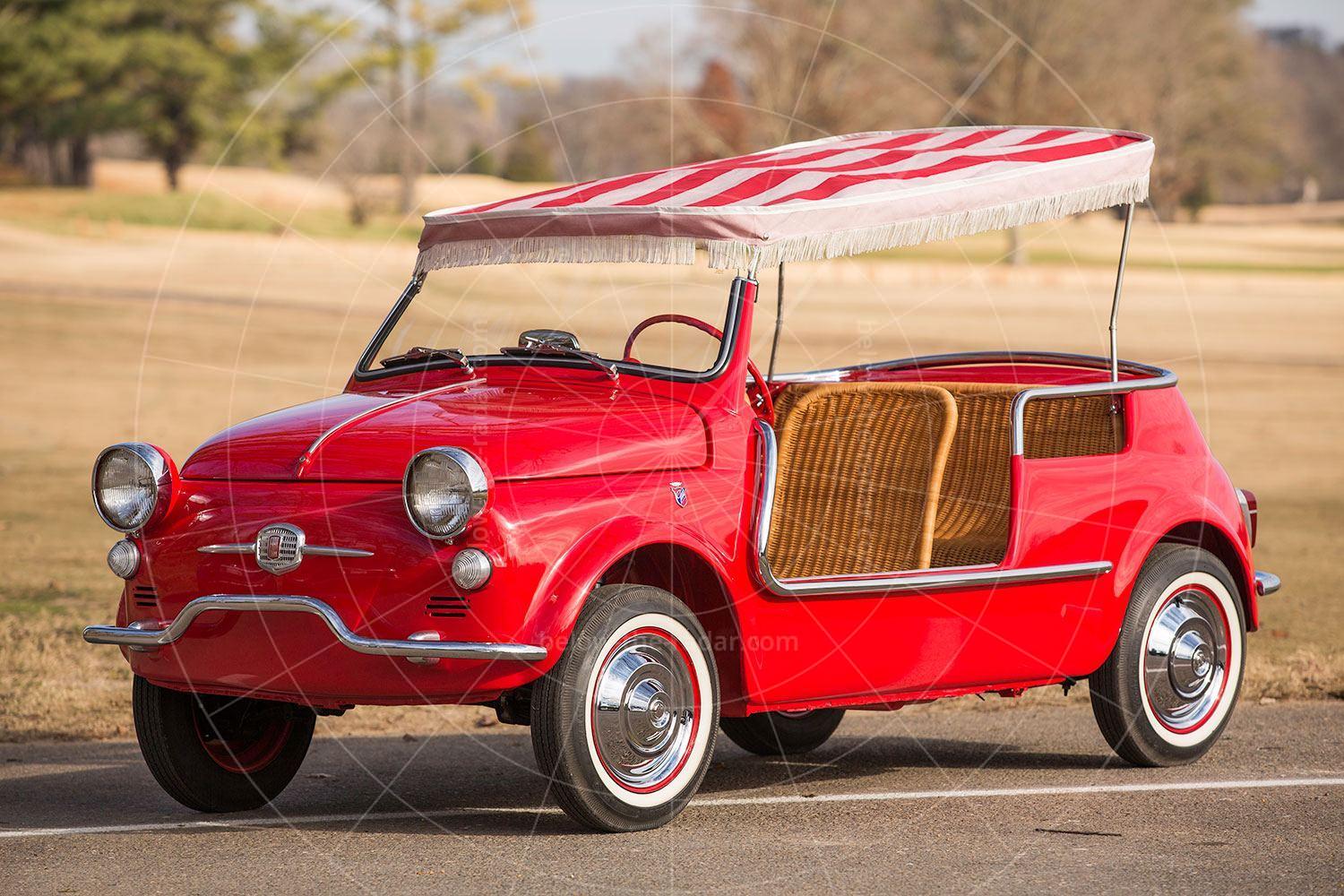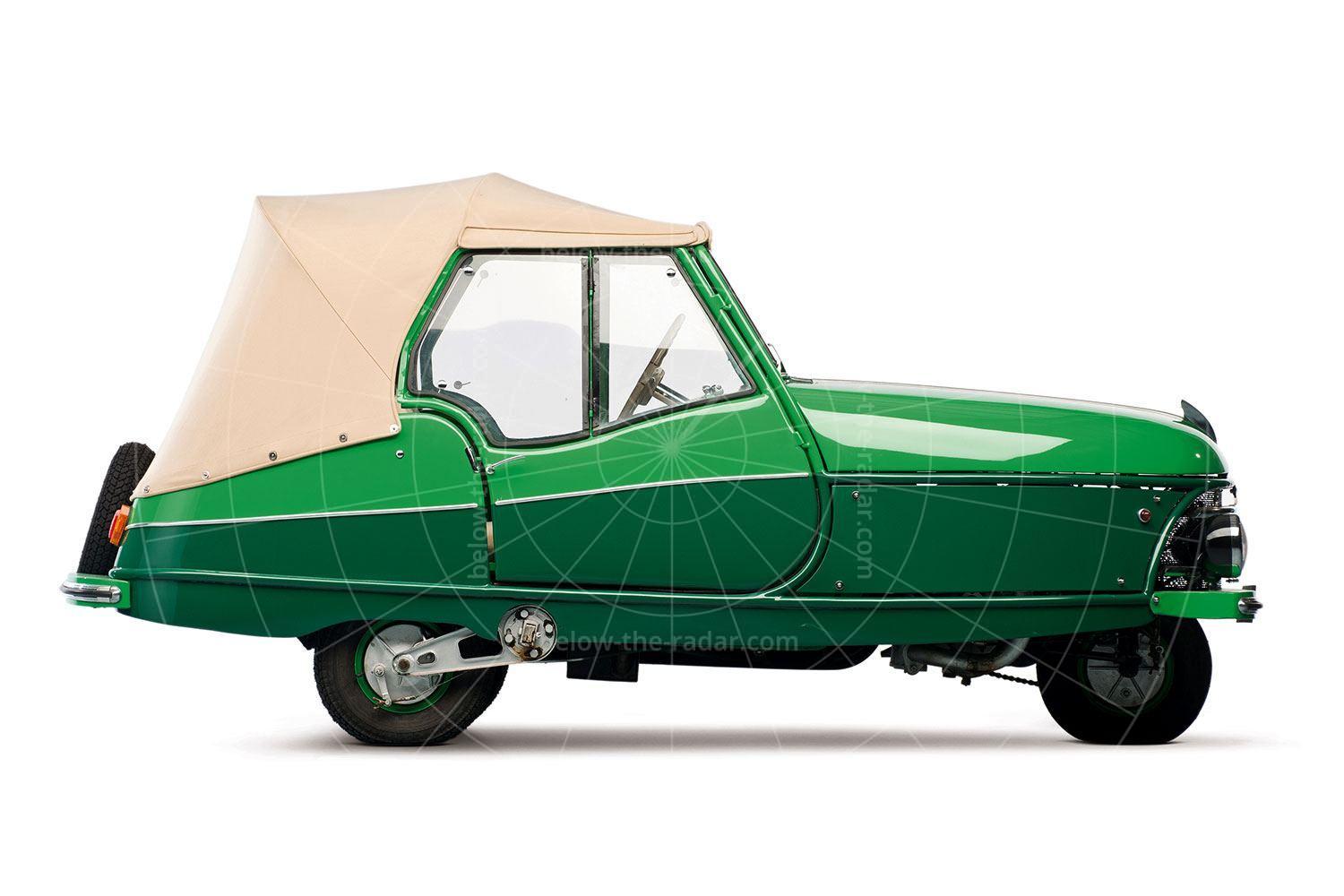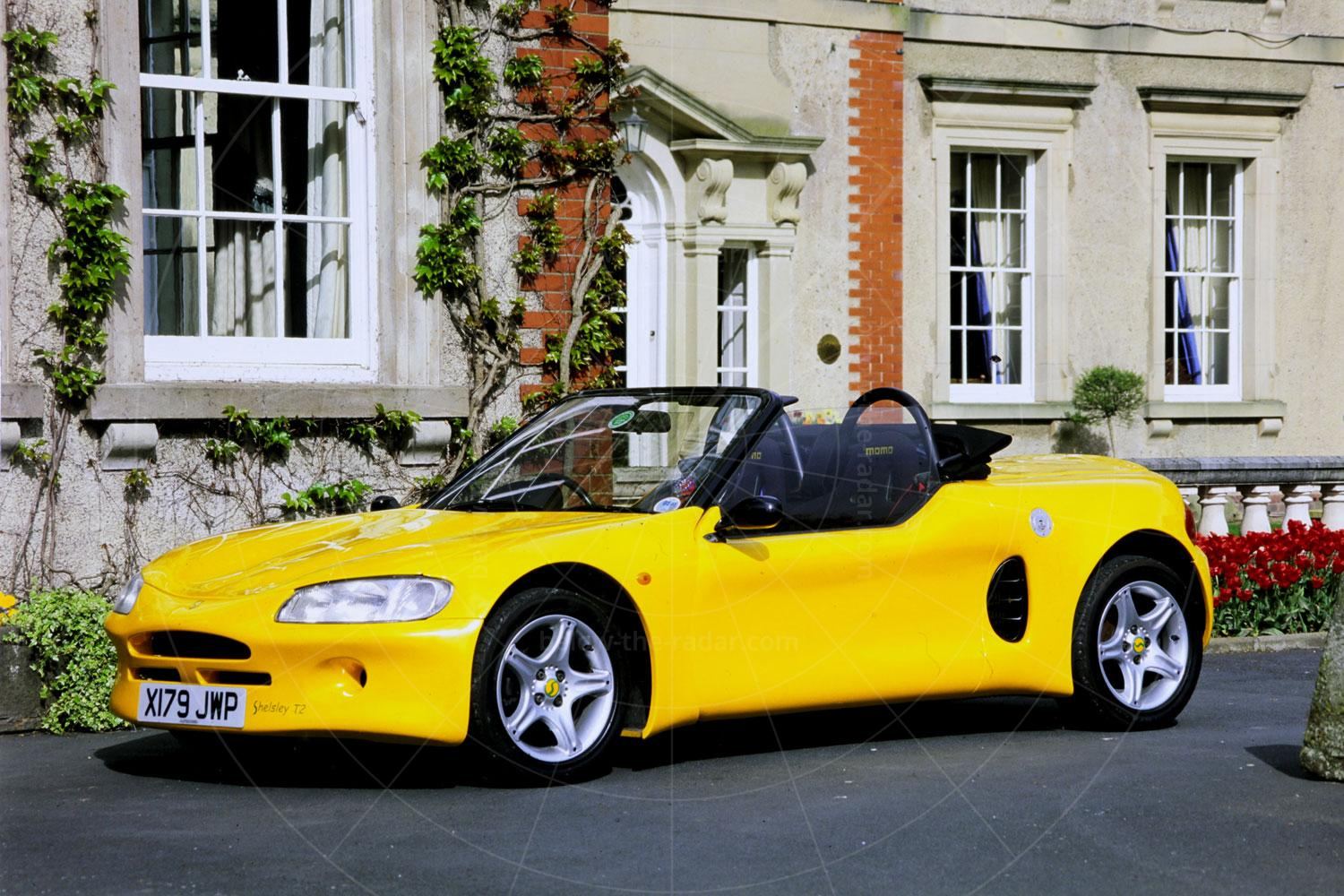As Oscar Wilde once said: "There's only thing worse than being talked about, and that's not being talked about". It's the PR's mantra, so when MG-Rover introduced its Monogram personalisation scheme in 2002 it had to come up with a way of raising interest. The solution, seemingly, was to engage young British fashion designer Matthew Williamson as a creative consultant. His brief was to come up with a unique take on the Monogram programme – and it's fair to say he achieved exactly that.
MG-Rover's Monogram scheme allowed its customers to choose special colours and finishes for their cars, along with pieces of equipment that weren't necessarily on the regular options list. Williamson's start point was a 1.6-litre Rover 25 three-door hatch, with MG-Rover's six-gear Stepspeed automatic transmission and 17-inch Serpentine alloy wheels.
The 25's bodywork was finished in a three-coat pearl gold that flipped to pink in the right light. The same colour was used throughout the interior, but in case this relatively subtle hue was too low-key, Williamson then got rather carried away with lashings of neon pink all over the place. The door casing inserts, headlining and pillars were finished in lavishly produced screen-printed Indian silk, while several of the fascia mouldings were made of translucent plastic which was back-lit in pink for that special back-to-the-womb experience.
Unveiled in February 2002 at the end of London Fashion Week, the Rover 25 Art Car was whisked off to the Geneva Motor Show a couple of weeks later, where it certainly made an impression…
The Art Car wasn't just created to promote the Monogram programme though; it was also intended to make Rover's 25 hatchback more appealing to younger buyers. Although the 25 featured a neat design, Rover's image was anything but cool; the only people who got excited at the prospect of buying one were the blue-rinse brigade. The Art Car did nothing to change that image – if anything, this hideous pink hatchback made the Rover brand less appealing to everybody.
There was talk of a limited production run of cars based on Matthew Williamson's creation; the original car shown here was unveiled in February 2002, then at the British Motor Show later that year a toned-down version was displayed. Featuring elements from MG-Rover's Monogram programme, 50 examples of this less horrific Rover 25 Art Car were meant to be built for sale, but it never happened.
The fact that MG-Rover called its 25 an Art Car suggests that it was trying to play BMW at its own game, the German brand being famous for a series of art cars that had started way back in 1975 with the unveiling of the 3.0 CSL painted by Alexander Calder. BMW had only recently sold MG-Rover to the Phoenix Consortium, but it was clearly BMW that had the last laugh where the Rover 25 Art Car was concerned.




